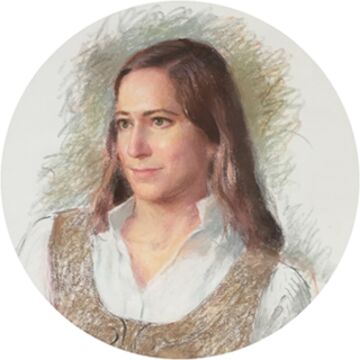Education: Doctor of Jurisprudence, University of Chicago Law School (2017); LLM, University of Chicago Law School (2009) ; LLB, Queen Mary University of London, UK (2007). Professional Experience: Freelance IP lawyer; previously Consultant at the UNESCO Cultural Heritage Protection Treaties Section and IP Counsel for Richemont, London. Selected Publications: Market Responses to Court Rulings: Evidence from Antiquities Auctions, Journal of Law and Economics (2016); Museum Strategies: Leasing Antiquities, Columbia Journal of Law and the Arts (2013); Evaluation of the Design Piracy Prohibition Act: Is the Cure Worse than the Disease? An Analogy with Counterfeiting and a Comparison with the Protection Available in the European Community, Northwestern Journal of Technology & Intellectual Property (2010); Famous and Well-Known Marks, Challenges of Protection, World Trademark Review (2008). Grants and Awards: Emerging Leaders Program, Chicago Council on Global Affairs (2019); Bradley Fellow, Booth School of Business (2016-2017); Neubauer Collegium for Culture and Society, Grant Recipient for "The Past for Sale: New Approaches to the Study of Archaeological Looting and the Illicit Trafficking of Antiquities" (2014-2017); Junior Fellow, Aspen Institute (2012-2017); Russel Baker Scholarship Recipient, University of Chicago Law School (2012 - 2017).



